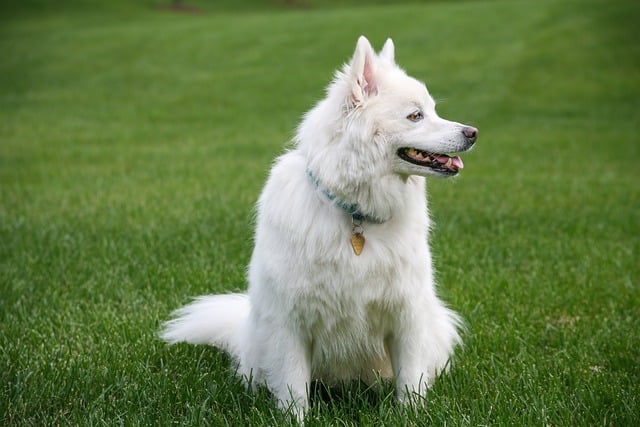
How do i train my dog to be obedient?
Watching your dog dart across the park ignoring your calls isn’t just frustrating—it can put them at risk near busy streets or public spaces.
Picture this: You're walking your new rescue pup down a bustling city street when suddenly a well-meaning stranger reaches down for pets, sending your dog cowering behind your legs. Socializing dogs with humans isn't about forcing interactions - it's about creating positive associations at your dog's pace. Whether you've got a timid terrier or an overeager Labrador, the right approach can transform stressful encounters into confident greetings.
The critical socialization window for puppies closes around 16 weeks, but older dogs can absolutely learn new social skills too. Start by exposing your dog to diverse human characteristics gradually - different heights, ages, clothing styles, and mobility devices. A brilliant technique is the "Treat & Retreat" method: Have strangers toss high-value treats (like chicken bits) toward your dog without making direct eye contact or reaching to pet. This builds positive associations while respecting your dog's space. Studies show dogs introduced to 100+ people in their first four months develop significantly fewer fear responses as adults.
Create controlled socialization scenarios by recruiting friends to help. Ask them to ignore your dog initially, then reward calm behavior with treats placed on the ground rather than hand-fed. For jumpy dogs, teach "Four on the Floor" - only giving attention when all paws remain down. Carry a special "socialization toy" like a tug rope to redirect mouthy greeters. Remember that in many U.S. cities like Seattle, leash laws require dogs to be under control during all interactions - an overexcited jumper could technically earn you a fine in some neighborhoods.

Apartment dwellers face unique socialization challenges. That crowded elevator in your high-rise can overwhelm an undersocialized dog quickly. Start by practicing during low-traffic hours, rewarding calm behavior as people enter/exit. Keep a pouch of treats handy for impromptu training moments when neighbors want to say hello. For dogs nervous around children (a common issue in family-heavy apartment complexes), play recordings of kids laughing at low volume during mealtimes to create positive associations before real-life meetings.
Cultural considerations matter tremendously in human socialization. In dog-friendly cities like Portland, well-meaning strangers often approach without asking - train a solid "Behind Me" cue where your dog moves to your opposite side. Always respect leash laws even during socialization outings; that off-leash greeting in the park could backfire if your dog gets overwhelmed. And never force interactions - what looks like "friendly" mouthing to you might violate local ordinances if it startles someone.
For rescue dogs with unknown histories, socialization requires extra patience. The "Rule of Three" applies here - three days to decompress, three weeks to learn routine, three months to feel at home. If your dog shows fear (tucked tail, whale eye), immediately create space rather than comforting the nervous behavior. Counterintuitively, baby talk from strangers often increases anxiety - coach people to use calm, adult voices instead.
The golden rule? Let your dog set the pace while gently expanding their comfort zone. That fearful puppy who hid from visitors can become the confident adult who wags politely at dinner guests - with time, treats, and thoughtful exposure. Just remember: A well-socialized dog isn't one who loves every person they meet, but one who remains calm and neutral in human-filled environments.

Watching your dog dart across the park ignoring your calls isn’t just frustrating—it can put them at risk near busy streets or public spaces.

New puppy owners often find themselves rushing to clean up accidents before they set in, and that’s where puppy pad training becomes a game-changer.

If you've noticed your dog's waistline disappearing and your veterinarian has mentioned those few extra pounds, your first instinct might be to simply reduce the amount of food in their bowl.

Training a dog to use a designated spot indoors isn’t as daunting as many new owners fear, but it does take consistency and an understanding of your pet’s needs.

That moment of dread on a walk is all too familiar for many new dog owners. You see another dog approaching down the sidewalk of your neighborhood

If the sight of another dog on your neighborhood walk makes your heart sink as your own dog erupts into a frenzy of barking and lunging, you're not alone.